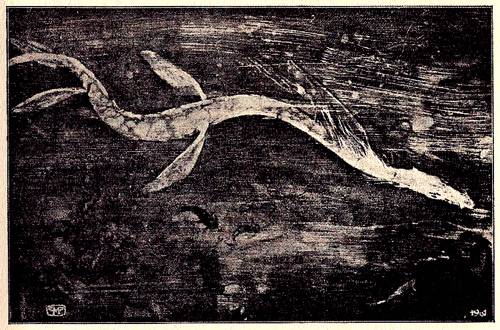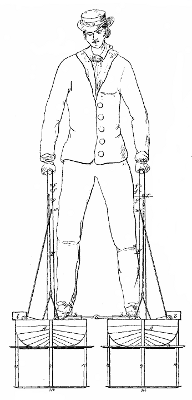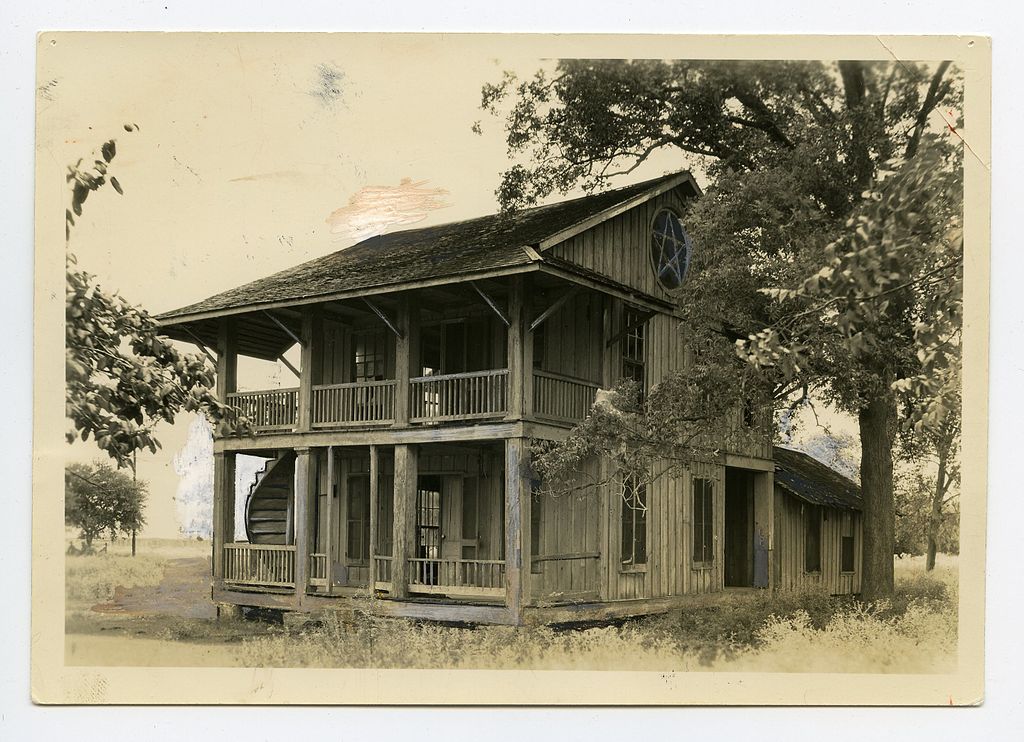From Henry Dudeney:
A banker in a country town was walking down the street when he saw a five-dollar bill on the curb. He picked it up, noted the number, and went to his home for luncheon. His wife said that the butcher had sent in his bill for five dollars, and, as the only money he had was the bill he had found, he gave it to her, and she paid the butcher. The butcher paid it to a farmer in buying a calf, the farmer paid it to a merchant who in turn paid it to a laundry woman, and she, remembering that she owed the bank five dollars, went there and paid the debt.
The banker recognized the bill as the one he had found, and by that time it had paid twenty-five dollars worth of debts. On careful examination he discovered that the bill was counterfeit. What was lost in the whole transaction, and by whom?




